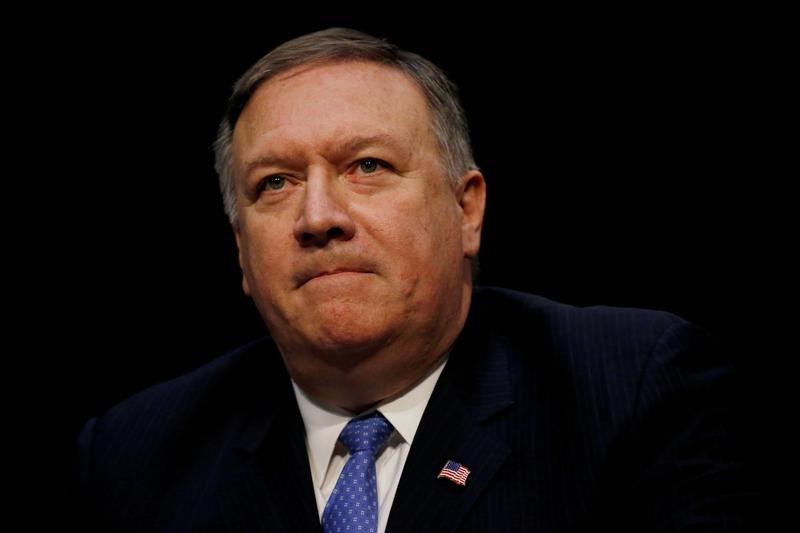 © Reuters. FILE PHOTO: Illustration photo of a U.S. Dollar note
© Reuters. FILE PHOTO: Illustration photo of a U.S. Dollar noteBy Kate Duguid
NEW YORK (Reuters) – Corporate pensions are shifting a chunk of their $1.55 trillion in assets into fixed income, which may be sizeable enough to flatten the yield curve further.
The funding gap, between what corporations owe in pension plan obligations and their assets, narrowed by $72.4 billion last year as the U.S. stock market rallied and companies from Boeing (NYSE:) Co to Verizon Communications Inc (NYSE:) made multi-billion dollar contributions, according to a new study by Seattle-based consultants, Milliman, Inc.
But as funding improves, pensions reduce their portfolio risk, reallocating assets from equities into long-duration debt, driving up demand for corporate bonds and 10- and 30-year U.S. Treasuries.
The likely sizeable shift in $1.55 trillion of pension fund assets may raise bond prices enough to tamp down the long end of the yield curve, reducing the difference between long and short term debt yields.
The move may have already begun. Demand from pension funds and insurance companies “is part of the reason we have seen a fairly aggressive flattening of the yield curve over the last six-12 months,” said Neil Sutherland, fixed income portfolio manager at Schroders (LON:).
On Tuesday, the 10-year Treasury yield broke the psychologically important yield level of 3.0 percent, but the curve remains significantly flatter than it was at the start of 2018. The difference between U.S. 5-year notes and the 30-year long bond yield for example was around 0.38 percentage points on Wednesday, compared to 0.51 percentage points on Jan. 2.
There are a range of estimates about how much money exactly will be going into fixed income. U.S. corporate pension plans could purchase around $150 billion in high-quality, long-duration fixed income each year for the next several, according to Michael Moran, chief pension strategist at Goldman Sachs (NYSE:) Asset Management.
More than half of the total return gains pension funds made in 2017 could be invested in the fixed-income market, said Louis Finney, executive director of asset allocation on the Investment Solutions team at UBS Global Asset Management. Last year, the ratio of funding to obligations at the 100 largest U.S. corporate pensions rose to 86 percent, a 5 percentage point jump that is worth $72.4 billion, according to Milliman.
That means half of that, or $36.2 billion, could be put to work in long-duration bonds.
Another factor that could boost demand for long-duration bond prices is the $34 billion in contributions employers plan to make before September, after which tax deductions will have to be taken at the new lower rate under the tax reform law passed by the U.S. Congress last year.
Corporate bonds are pension funds’ first pick for fixed-income investment, but low supply may drive them further into the U.S. Treasury market. Around $165 billion of 30-year high-quality corporate bonds are issued a year, according to Moran.
As U.S. companies with foreign earnings repatriate cash, after the tax law changes last year, there may be less need to issue new corporate debt. With pension demand averaging around $150 billion, “it could lead to a bit of a food fight for these bonds,” Moran said.
Fusion Media or anyone involved with Fusion Media will not accept any liability for loss or damage as a result of reliance on the information including data, quotes, charts and buy/sell signals contained within this website. Please be fully informed regarding the risks and costs associated with trading the financial markets, it is one of the riskiest investment forms possible.
Source: Investing.com




























